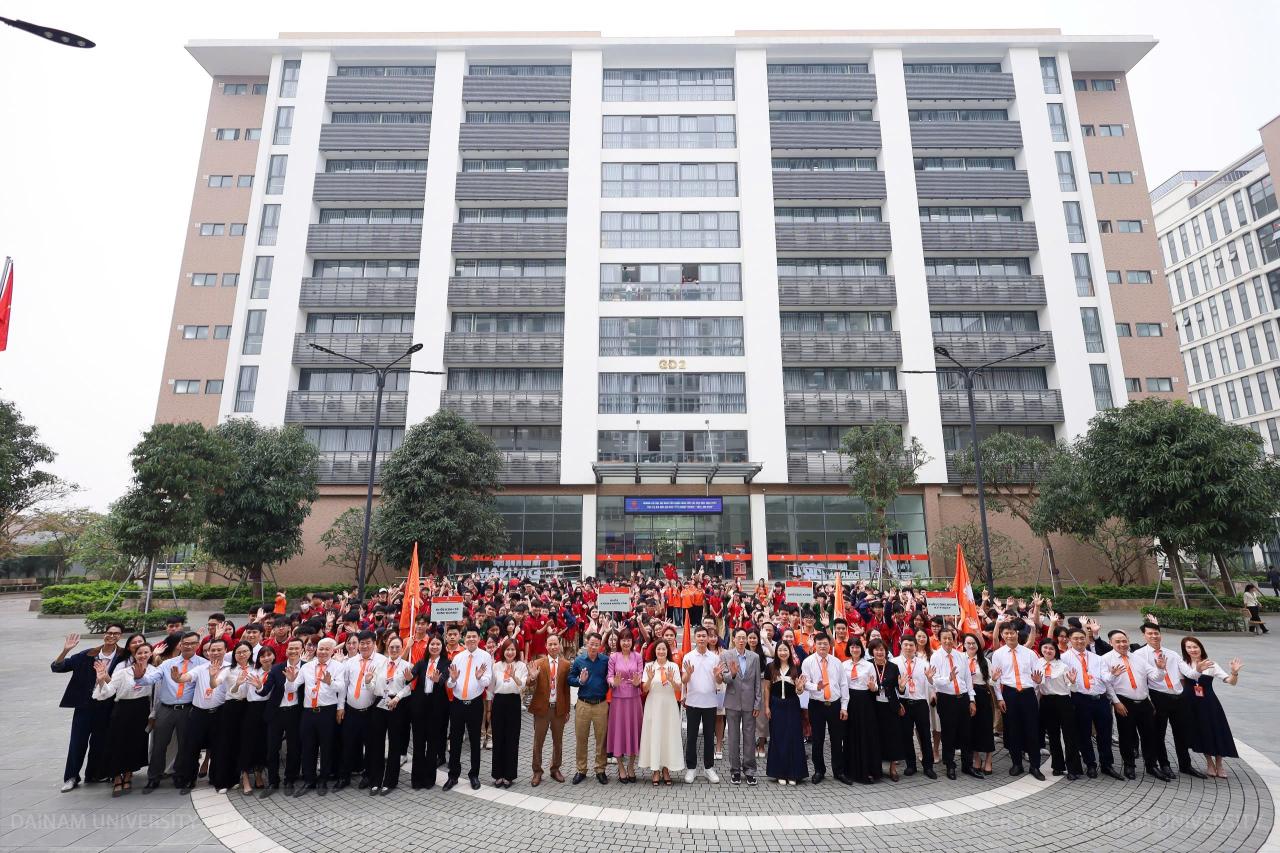Fixed Asset Accountants need to avoid errors and pay attention when re-checking fixed assets.

MSc. Tran Thi Hong Hue
Lecturer: Department of Accounting .png)
1. Fixed asset accountants must monitor the quantity, fluctuations, and technical status of fixed assets, and conduct inspections and supervision of the preservation and use of fixed assets in each department within the unit.
2. Accountants must manage fixed assets according to the following criteria: Original price, accumulated depreciation, remaining value of fixed assets and estimated liquidation value.
3. At the unit's accounting department, the fixed asset detail accountant uses the fixed asset card, fixed asset card registration book, and the entire enterprise's fixed asset book to monitor the increase, decrease, and depreciation of fixed assets.
* The basis for recording in the fixed asset card and fixed asset book according to the using unit is the documents on increase, decrease, depreciation of fixed assets and related documents in the instructions on accounting documents, which are:
- Fixed asset handover minutes
- Minutes of liquidation of fixed assets
- Minutes of handover of completed major repair fixed assets
- Minutes of revaluation of fixed assets
- Fixed asset depreciation calculation and allocation table
- Relevant technical documents (fixed asset records).
4. Expenses after initial recognition of tangible fixed assets are recorded as an increase in original cost if they improve the current state compared to the original standard state, and at the same time certainly increase future economic benefits due to the use of that asset such as costs of renovation, upgrading, installation and additional equipment of fixed assets and are recorded as an increase as in the case of new investment.
5. Some points to note when calculating depreciation of fixed assets are:
Ø Fixed assets leased for operation are depreciated by the lessor.
Ø Seasonal production units calculate depreciation for the entire year and allocate that depreciation to the months and seasonal activities.
Ø If the original price of a new fixed asset has not been determined, the depreciation amount must be estimated to be included in the production cost. Once the original price is determined, the depreciation amount will be adjusted.
6. Not meeting the fixed asset standards but accounting for fixed assets (not meeting original price).
For example: Purchase 10 independently operating assets with a total value of 250 million VND, accounting records into account 211
7. Choosing a depreciation period that is not in accordance with current regulations (Circulars 45, 147, 28). Risk: By choosing a period shorter than the minimum, the tax authority has the right to exclude excess costs. By choosing a period longer than the maximum, the tax authority can exclude costs for years after the maximum number of years for depreciation.
8. Do not account for the depreciation portion corresponding to the capacity not being reached in the cost price.
9. Accounting for one-time land rent (including red book) after the effective date of the 2003 Land Law in account 213: Must be accounted for in account 242
10. Do not temporarily increase fixed assets in case the invested and constructed assets have been put into use, generating revenue but there are no final settlement records (item c, article 4, item 10, article 9 according to Circular 45)
11. Same type of asset and same usage conditions but choose different depreciation rates. Accountants should choose the same depreciation rate to avoid unnecessary explanation.
12. Do not record fixed assets for assets that have met the standards for recording fixed assets.
13. Depreciation expenses are not excluded when calculating tax on assets that have stopped being used and are no longer used for production and business activities.
14. Not capitalizing interest, improper capitalization for loans used for construction investment...
15. The depreciation time is incorrect. Note that the depreciation time is when the asset is ready for use. Asset depreciation is daily depreciation, not a full month.
16. No invoice is issued in case of transferring assets from a taxable place to a non-taxable place.
17. Depreciation of assets temporarily suspended due to major repairs or relocation but without proper records kept in accordance with tax law regulations.
18. Depreciation costs are not excluded for the original price of cars with less than 9 seats exceeding 1.6 billion (excluding cases where cars are used for transporting passengers, goods, etc.). Refer to Circular 78.
19. Accounting for depreciation expense account is incorrect. Accountants need to pay attention to the department using and the purpose of using the asset to choose the appropriate accounting account: Account 642, Account 641, Account 627...
20. Still depreciating assets even though they have been fully depreciated.
21. The depreciation table does not match the ledger account: Need to check again why? to know what is right or wrong.
22. Forgetting to calculate depreciation. Accountants need to check to see if there is any month or asset that they forgot to depreciate?
23. If the asset is found to be under-depreciated in the previous year, the accountant will not adjust it in the previous year but adjust it in the current year. In this case, the tax authority can exclude the depreciation expense of the previous year from accounting for this year on the grounds that the expense is not in the correct period.
24. Handover of fixed assets without handover minutes (whenever handover from one person to another, from one department to another, the company should have a handover minute to manage the use of assets, assign responsibility if problems related to loss, damage, etc. arise...)
25. Record an increase in the original value of an asset due to an upgrade but do not have enough documents or reasoning to prove that it is an asset upgrade.
26. Allocating major asset repair costs (account 242) over 3 years (According to Circular 78, maximum is only 3 years)
27. Receiving capital contributions in the form of assets but not re-registering ownership documents for assets that require ownership registration. In this case, tax risks exclude depreciation expenses.
Good luck!
References:
1/ Standard No. 03: Tangible fixed assets
2/ Standard No. 04: Intangible fixed assets
3/ Standard No. 06: Leases
4/ Circular No. 45/2013/TT_BTC issued on April 25, 2013 guiding the management, use and depreciation of fixed assets.
5/ Circular 147/2016/TT-BTC issued on October 13, 2016 amends and supplements a number of articles of Circular 45, providing new regulations on management and depreciation of fixed assets.
6/ Circular 28/2017/TT-BTC issued on April 12, 2017 to amend Circular 147, adjusting a number of regulations on management and depreciation of fixed assets.
Register for admission consultation 2025
scholarships and tuition support worth up to 55 billion VND

scholarships and tuition support worth up to 55 billion VND









